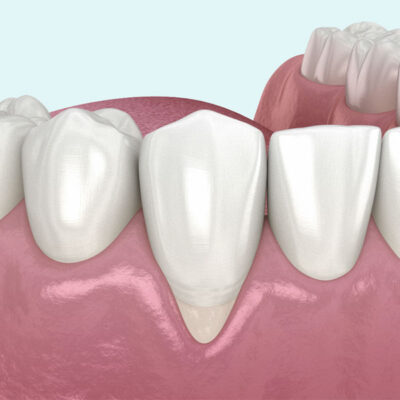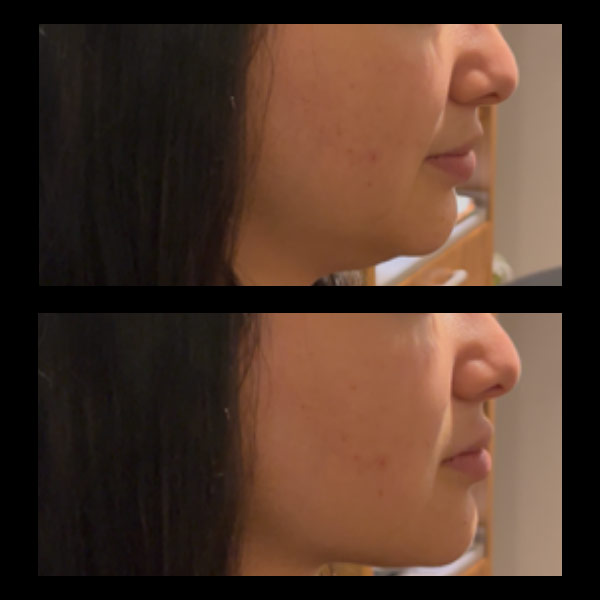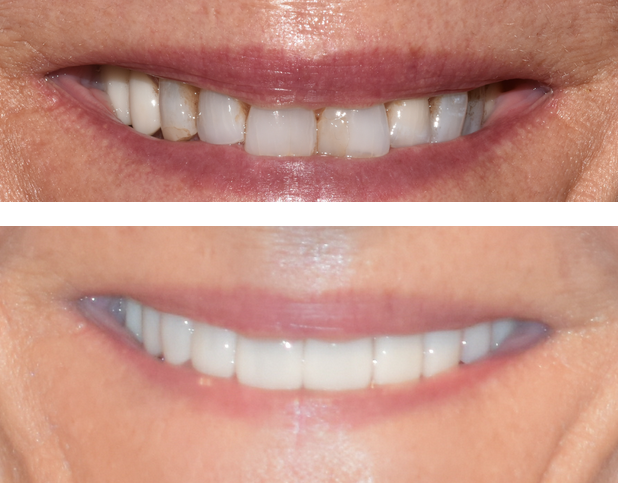Gum recession, the gradual shrinking of gum tissue around your teeth, can be a frightening experience. You might be following all the “right” advice – brushing gently, flossing regularly – yet the problem persists. This blog post sheds light on the surprising culprit behind gum recession and offers solutions to stop it and reclaim your healthy smile.
Beyond Brushing: The Hidden Cause of Gum Recession
 Many people are told that gum recession is caused by brushing too hard. While brushing technique is important, it’s often not the primary culprit. The real problem might lie in your bite.
Many people are told that gum recession is caused by brushing too hard. While brushing technique is important, it’s often not the primary culprit. The real problem might lie in your bite.
Understanding Your Bite: The Key to a Healthy Smile
Imagine your teeth as a complex puzzle. Each tooth needs to fit perfectly with its neighbors to ensure proper function.When your teeth are misaligned, crowded, or tilted, the biting forces aren’t distributed evenly. This uneven stress can trigger bone loss, which is followed by gum recession as the tissue recedes with the bone.
How Improper Bite Mechanics Contribute to Gum Recession:
Ideally, the upper and lower teeth come together in a way that optimizes chewing, speaking, and other jaw functions. The teeth should be positioned straight up and down, with the upper and lower arches fitting together harmoniously. When the bite doesn’t meet these criteria, the forces of biting are directed incorrectly.
Here’s the key point:
- Vertical Forces vs. Horizontal Forces: When your bite hits on the correct part of the tooth, the forces travel vertically up the root and are absorbed by the periodontal ligament and the bone. This is the ideal scenario for healthy teeth and gums.
- Improper Bite and Horizontal Forces: However, when your bite hits on the wrong part of the tooth, it creates horizontal forces. These horizontal forces cause the tooth to bend and flex, leading to:
- Abfraction: This is the technical term for the notch you might see at the gum line.
- Bone Loss: Over time, these abnormal forces can contribute to bone loss around the tooth, which is a precursor to gum recession.
Signs of Bite-Related Gum Recession:
- Receding gums: This is the most obvious sign, but it often progresses slowly.
- Tooth sensitivity: Exposed tooth roots are more prone to sensitivity, especially to cold or hot drinks.
- Chipped, cracked, or worn teeth: Uneven bite forces can damage tooth enamel.
- Loose teeth: In severe cases, bone loss can lead to tooth mobility.
Reclaim Your Smile with Orthodontics
The good news? You can correct bite-related gum recession and prevent further damage. Here at Incredible Smiles, Dr.Priya Uppal utilizes advanced techniques, often favoring Invisalign®, a clear aligner system, to gently realign your teeth and create a balanced bite. This reduces stress on the bone and gums, promoting healing and preventing future recession.
Additional Tips for a Healthy Smile:
- Schedule regular dental checkups: Early detection and intervention are crucial for successful treatment.
- Consider a night guard: If you clench or grind your teeth, a night guard can protect your teeth and gums from excessive forces.
- Maintain good oral hygiene: Brushing and flossing twice daily removes plaque and bacteria, essential for overall gum health.
Don’t Let Gum Recession Steal Your Smile
If you’re experiencing gum recession, don’t despair. At Incredible Smiles, Dr. Uppal can help you identify the cause and create a personalized treatment plan to stop the recession and restore a healthy, beautiful smile. Schedule a consultation today and take the first step towards a healthier you!








